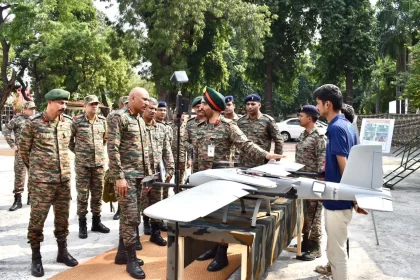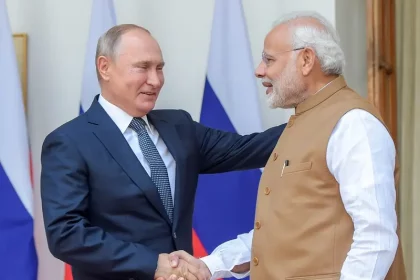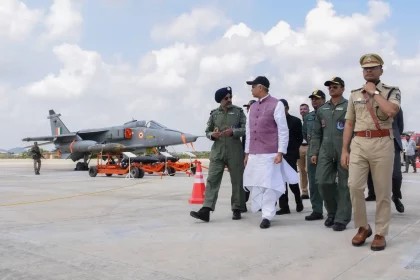Northern Command Hosts ‘Samvad: Op Without Boundaries’ to Explore Future Warfare and Technological Synergy
Lt Gen Pratik Sharma leads ‘Samvad’ dialogue on multi-domain operations, innovation, and Atmanirbharta to prepare the Indian Army for future…
Army to Procure AK-630 Air Defence Guns for Deployment Along Pakistan Border
Part of Mission Sudarshan Chakra, the AK-630 systems will enhance India’s low-altitude air defence along the Pakistan border and strengthen…
Russia Dismisses Reports of Engine Cooperation with Pakistan
Moscow rejects reports of supplying RD-93MA engines to Pakistan amid growing India–Russia defence and trade partnership.
Army Chief Felicitates Medal Winners at World Para Athletics Championships 2025 in New Delhi
General Upendra Dwivedi honours exceptional para athletes as India hosts its largest-ever global Para sporting event.
ICGS Akshar, Second Adamya-Class Fast Patrol Vessel, Commissioned into Indian Coast Guard
Built by Goa Shipyard Limited, the 51-metre Adamya-class vessel strengthens India’s coastal surveillance and maritime security network.
Air Force Station Bhuj Celebrates 93rd Air Force Day, Honours Veeranganas of 1971 War
Air Force Station Bhuj Pays Tribute to 1971 War Heroines; Showcases IAF Strength and Community Spirit.






